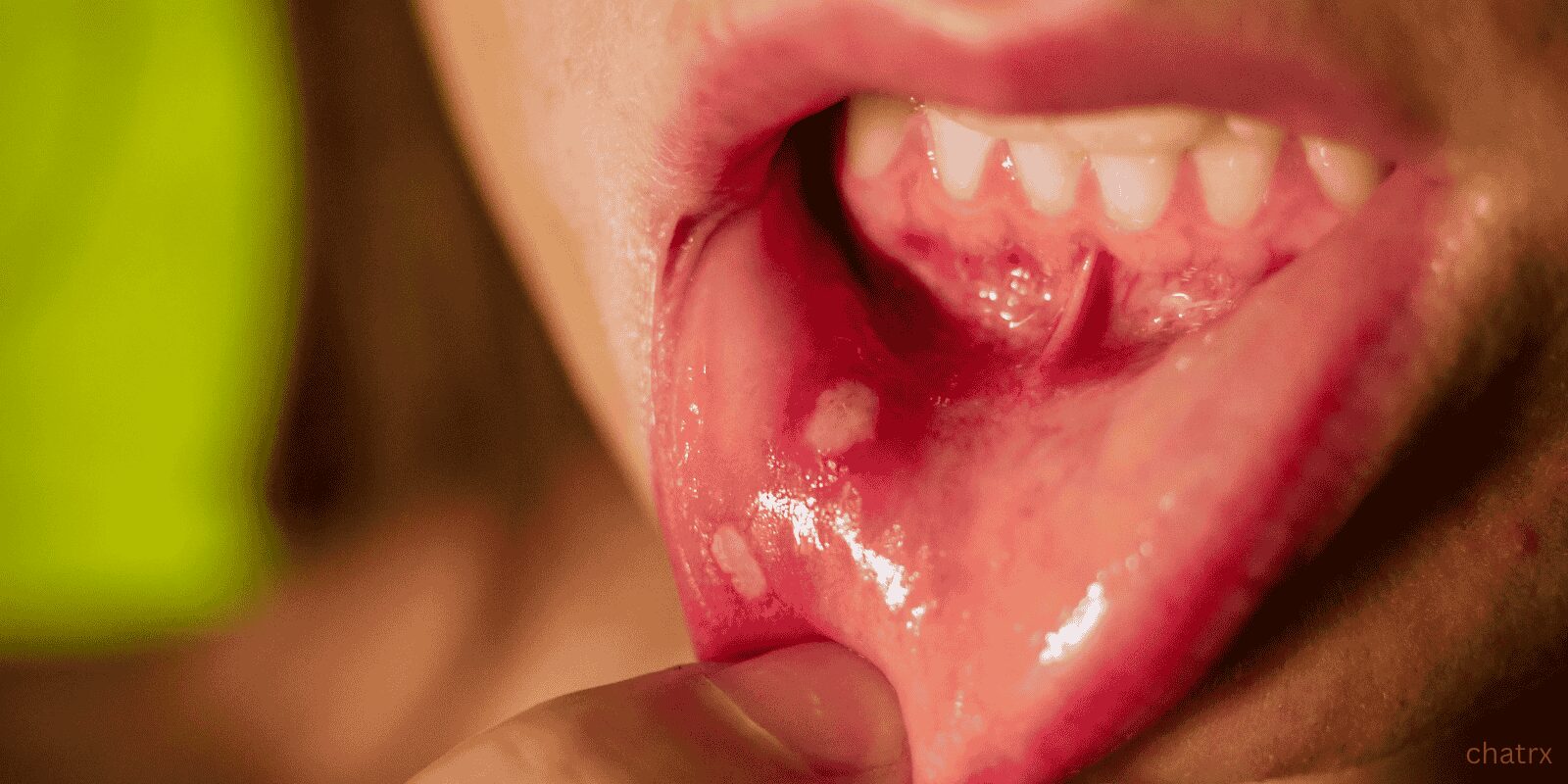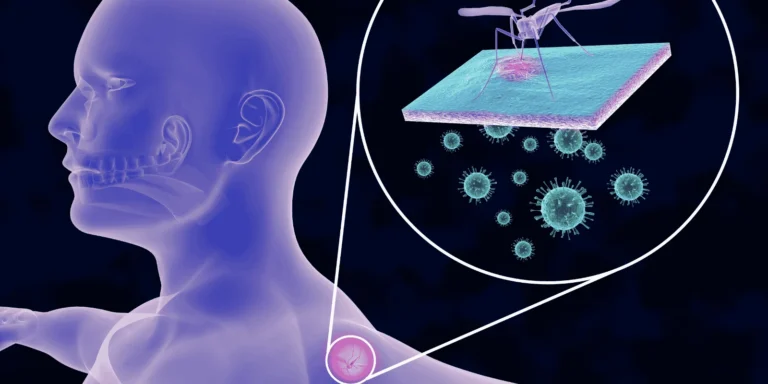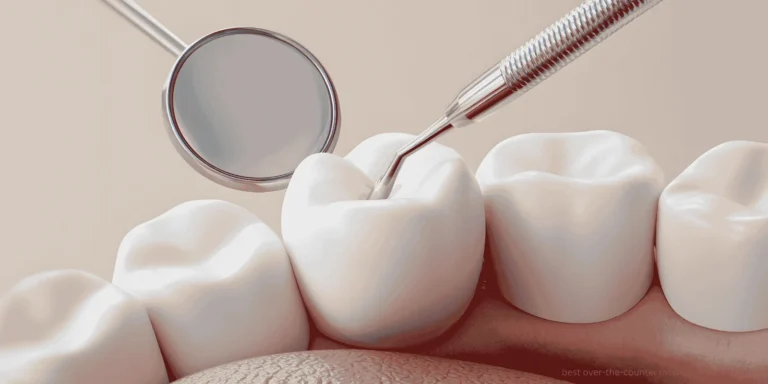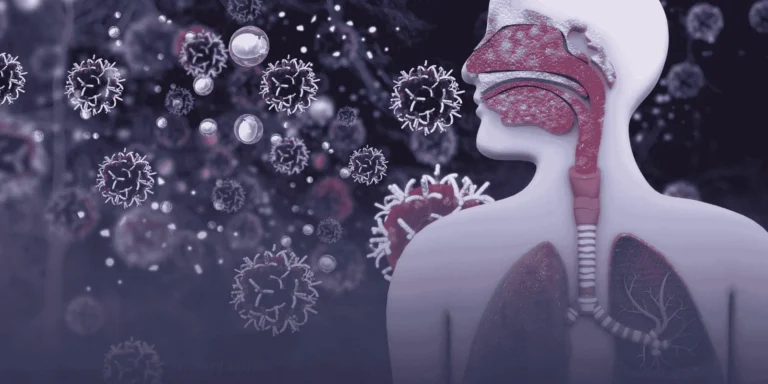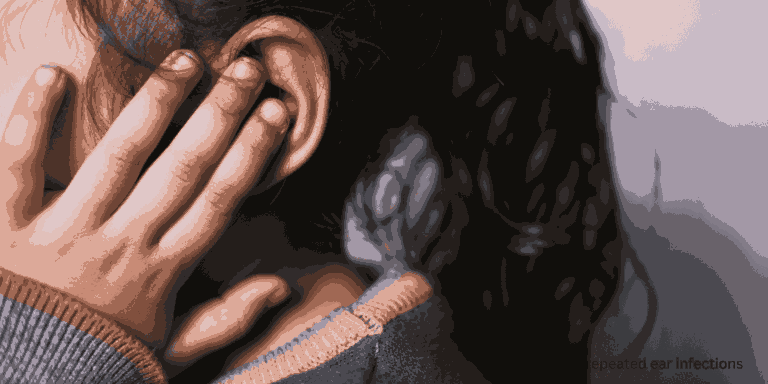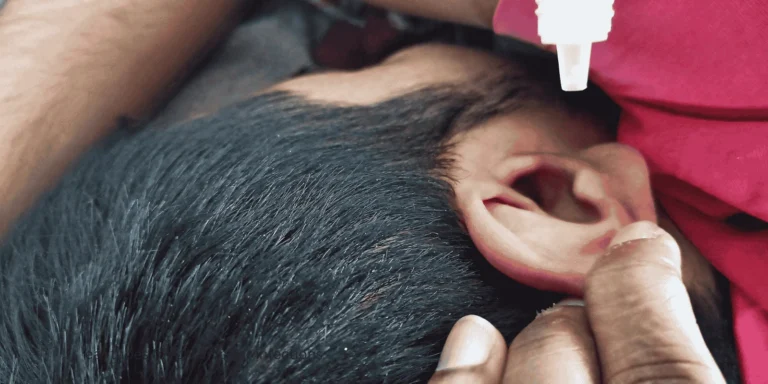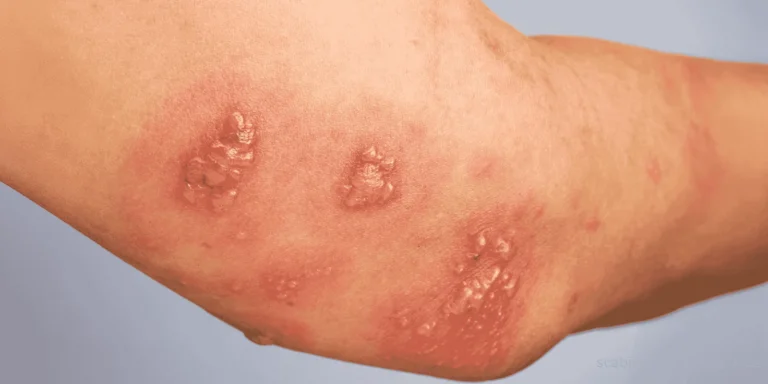Thrush, medically called oral candidiasis, is a fungal infection of the mouth and throat caused by an overgrowth of Candida yeast, most commonly Candida albicans. This condition creates distinctive white patches in the mouth and can affect people of all ages, though it’s most common in infants and immunocompromised adults.
What thrush looks like: The hallmark sign is creamy white patches on the tongue, inner cheeks, roof of the mouth, or throat. These patches often resemble cottage cheese and may bleed slightly when scraped or wiped away. The underlying tissue typically appears red and sore.
What causes thrush to develop: Candida yeast normally lives harmlessly in small amounts in the mouth, digestive tract, and other body areas. Thrush occurs when this balance is disrupted, allowing the yeast to overgrow and cause infection.
Common triggers include:
Antibiotic use is a leading cause. While antibiotics fight harmful bacteria, they also kill beneficial bacteria that normally keep yeast populations in check. This is why thrush often develops during or after antibiotic treatment.
Weakened immune systems make it harder for the body to control yeast growth. This includes people with HIV/AIDS, cancer patients receiving chemotherapy, or individuals taking immunosuppressive medications.
Diabetes, especially when poorly controlled, creates high sugar levels in saliva that feed yeast growth. People with diabetes are significantly more prone to developing thrush.
Inhaled steroid medications for asthma or COPD can deposit steroids in the mouth, creating local immune suppression that allows yeast overgrowth. Rinsing the mouth after using these inhalers helps prevent thrush.
Dentures, particularly if they don’t fit properly or aren’t cleaned regularly, can harbor yeast and create chronic irritation that promotes infection.
Dry mouth from medications, medical conditions, or aging reduces saliva production. Saliva normally helps control bacterial and fungal growth in the mouth.
Smoking weakens local immune defenses and alters the mouth’s normal bacterial balance.
If you’re experiencing white patches in your mouth, soreness, or difficulty swallowing, ChatRx can help determine if you have thrush and recommend appropriate antifungal treatment.

